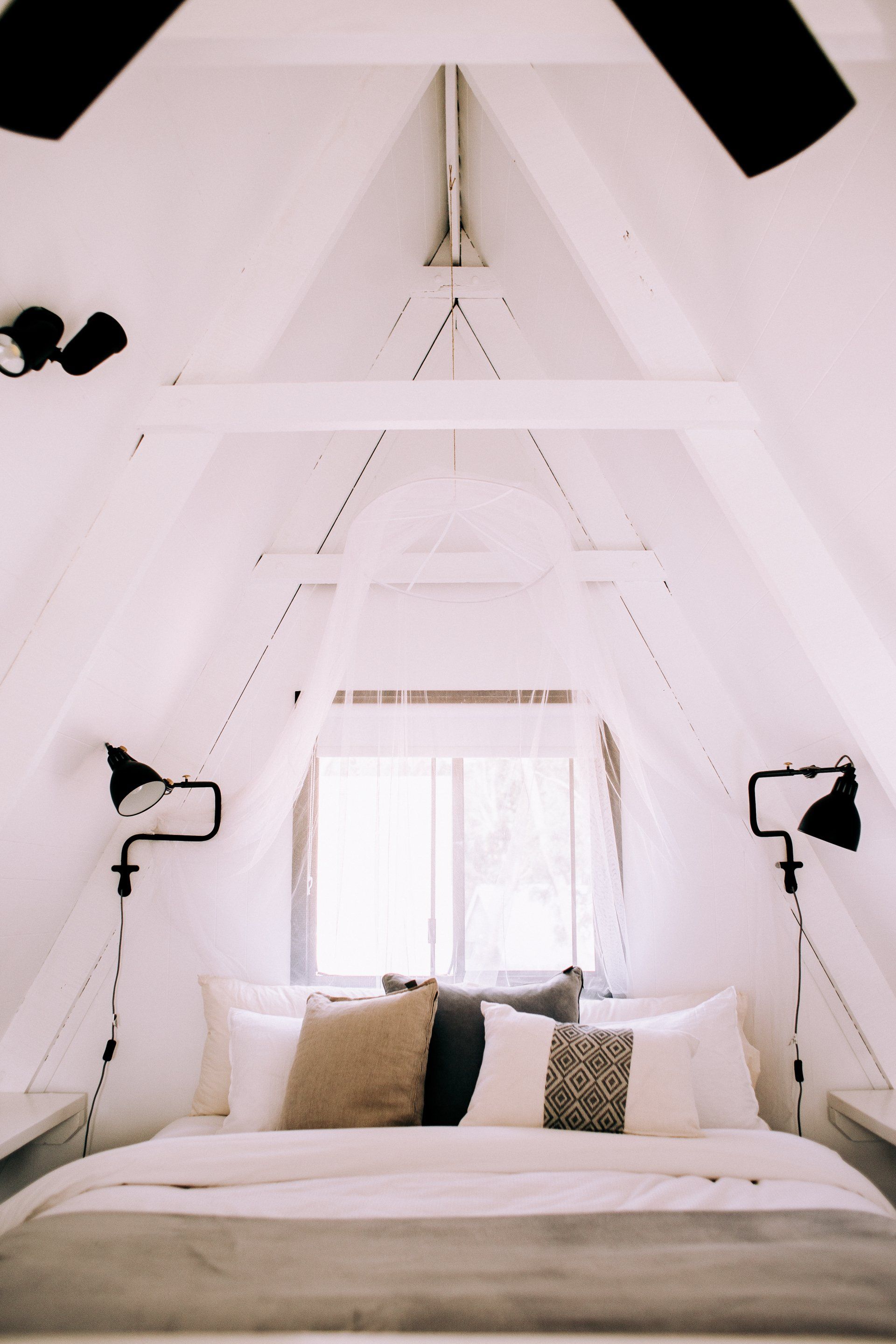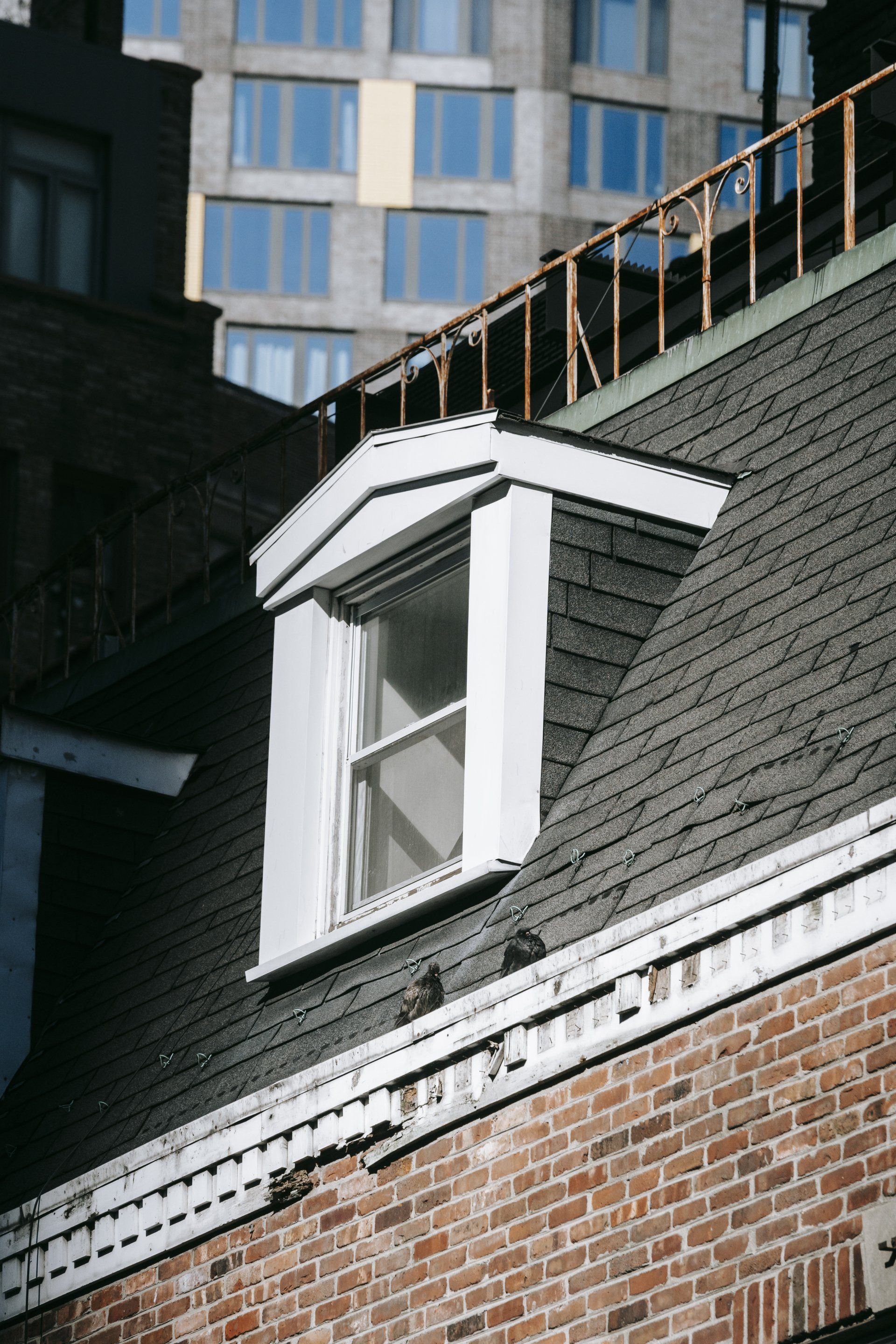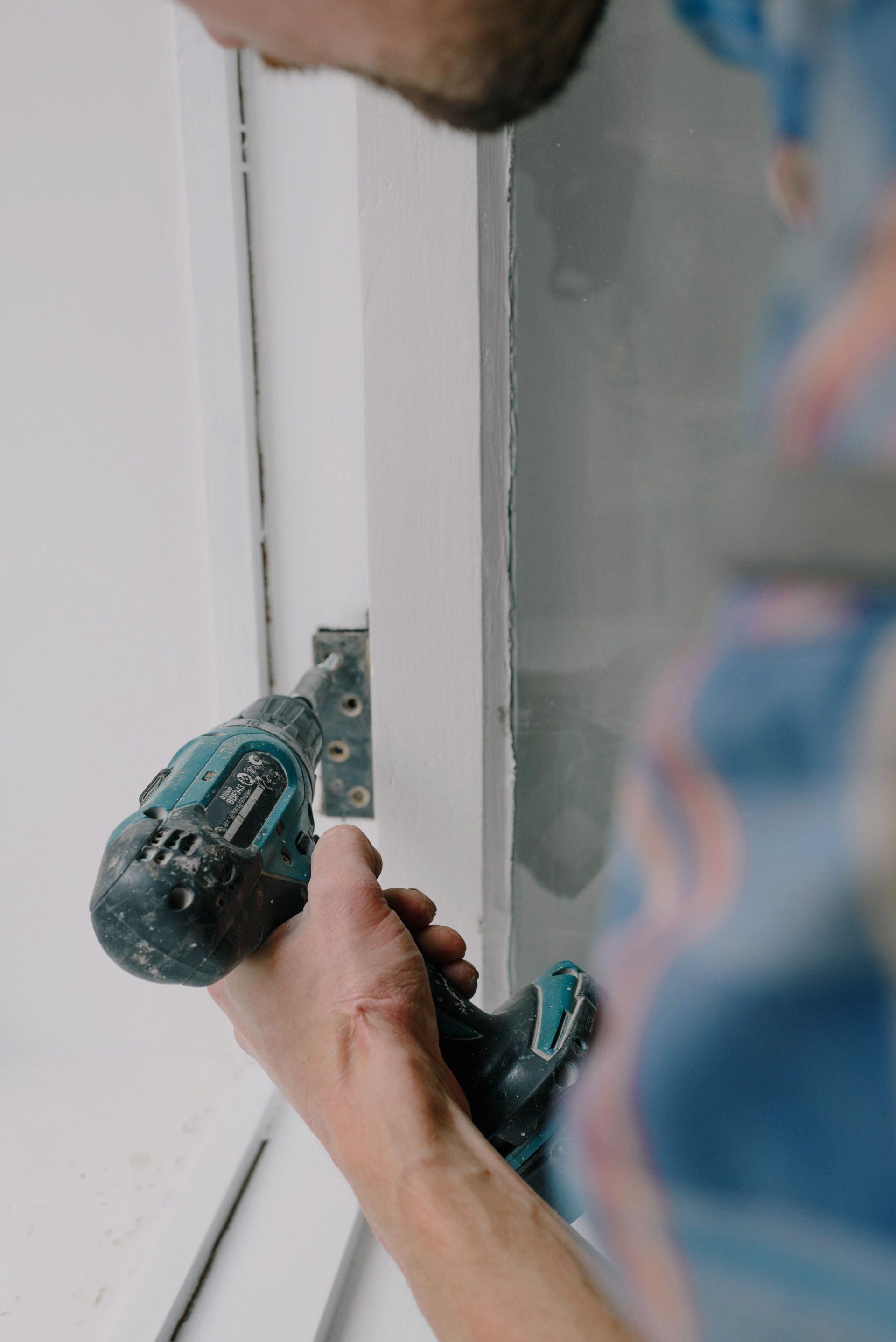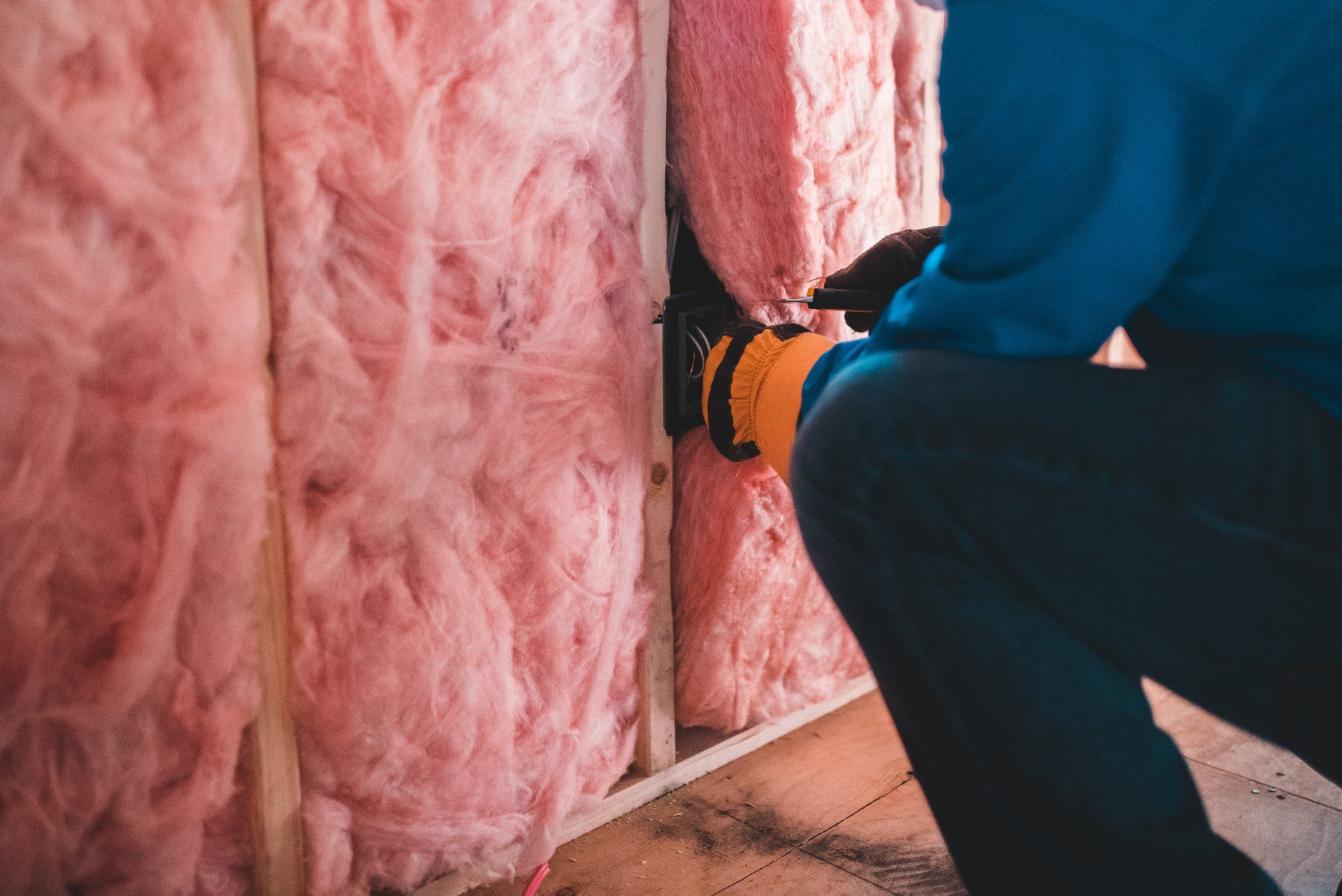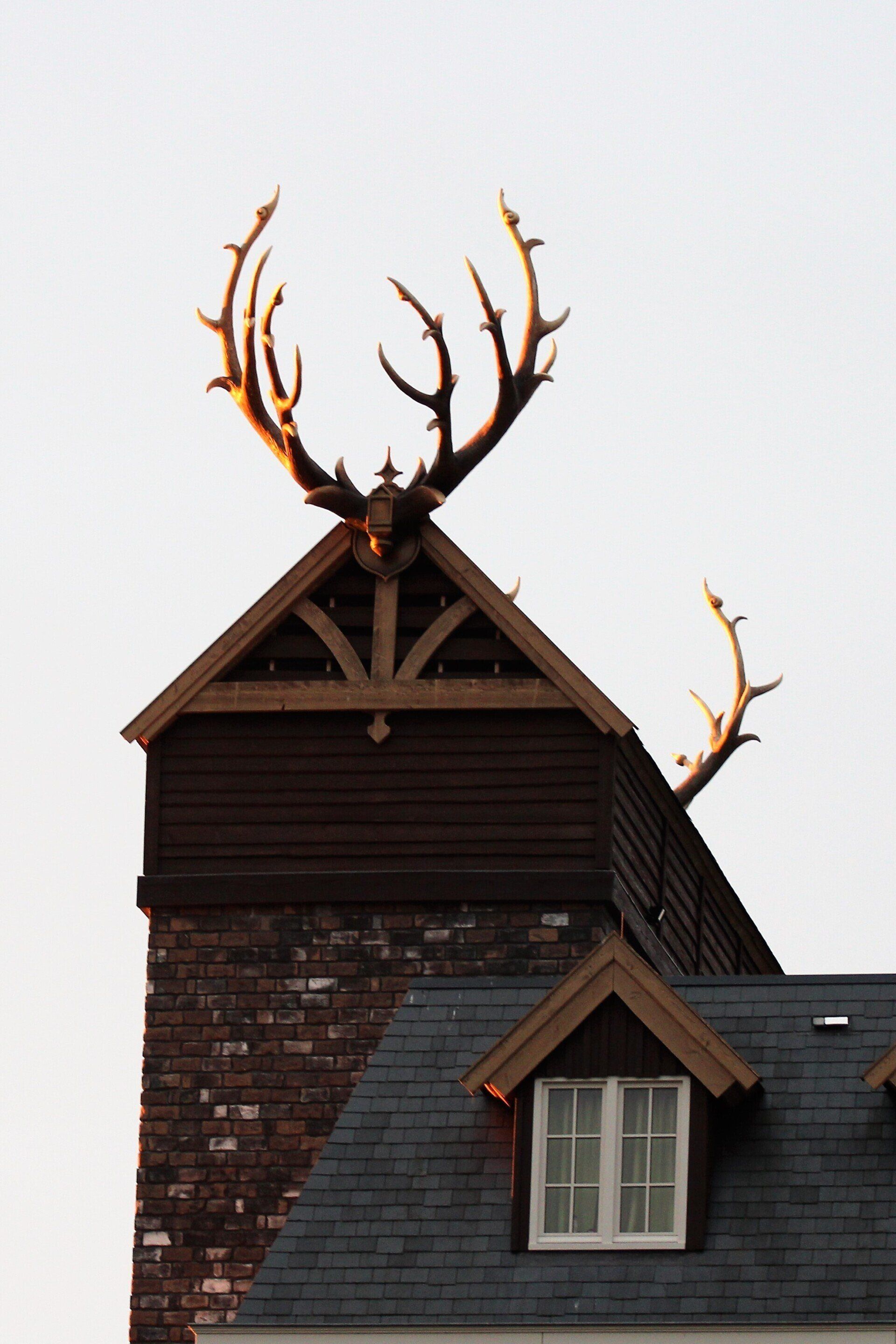Things You Need to Know About Insulation
Things You Need to Know About Insulation
We all know that insulation is crucial to having an energy-efficient and comfortable home. Consider these tips to keep in mind when considering the addition of insulation to your home.
Avoid Paper-Faced Insulation Where Possible
Don't purchase insulation with a paper face for normal wall insulation. The paper face makes cutting batts difficult. It's also difficult to make an enveloping vapor retarder using batts that have paper faces.
Missing Insulation Feeds Mold
Warm air is attracted by places to escape from the insulation, and when it comes into contact with colder surfaces when it flows from or through the home, it condenses and is then fed to mold. These spots typically occur on the outside of walls close to windows or floors, at corners, or around outlets and light fixtures. If the mold is gone after cleaning it and reducing the humidity in the home with a humidifier or vent fans, monitor it. If it returns, you can open the wall and address the issue.
Add Attic Insulation
You can put it to your face through the access to your attic and determine how much insulation there is. If the insulation you have is not at or above the minimum level, adding more can lower your heating costs. If you're looking to add more, you can go use loose-fill insulation instead of fiberglass batts, even though there is already fiberglass. Loose fill typically consists of fiberglass or cellulose and can be used to over joists and reach into crevices. Pros charge about 70 per sq. feet to blow in 7 or 8 inches of insulation. It is possible to rent an air blower ($55 per day) and complete the task yourself at a fraction of the cost; however, it's messy work, and you must be careful with your steps to ensure you don't damage the drywall floor within the attic.
Don't Spin the Bit In Insulation
A good rule of thumb for fishing wires into the insulation would be "Avoid it if you can." The risk is always there to harm the vapor barrier or even bunch up insulation, creating cold spots on the wall. If you have to fish wires through walls that are not in use, the best advice is to keep from spinning the flexing bit until you have made contact with the wood you intend to drill through. If you drill too early, you'll end up with an enormous cone of insulation cotton that will make removing your drill difficult and, in some cases, impossible.
Itch Remover
A lint roller that is sticky will pull those snazzy insulation fibers from your clothing and skin. It also reduces itching in the future.
Insulate Pipes
Condensation that drips from cold pipes may cause problems with basement water. Cover cold pipes with pipe insulation made of foam to prevent condensation. The insulation is cheap and is easy to cut using scissors.
Insulate Walls
Insulate exterior walls with insulation to stop condensation. In cold climates, insulation in the basement helps save energy and lowers your heating bills. Don't cover your walls with insulation if there is water that is coming in from the outside. You'll create an opportunity for mold.



